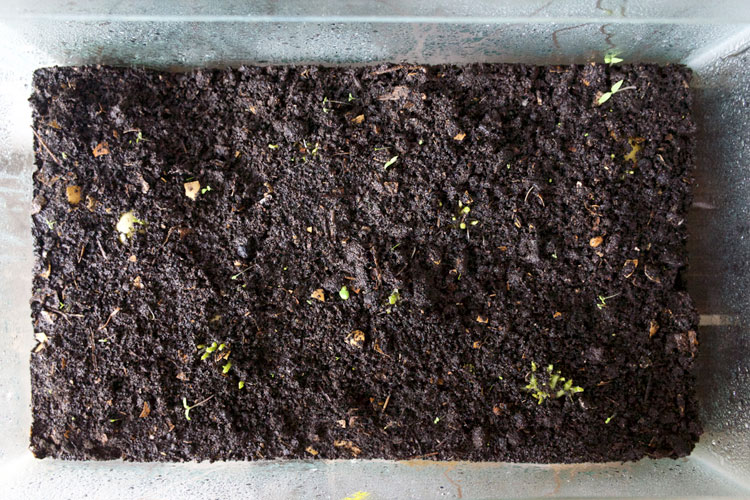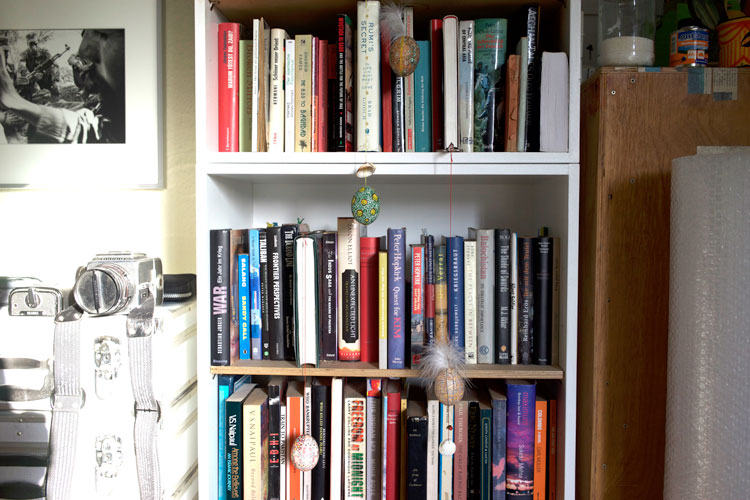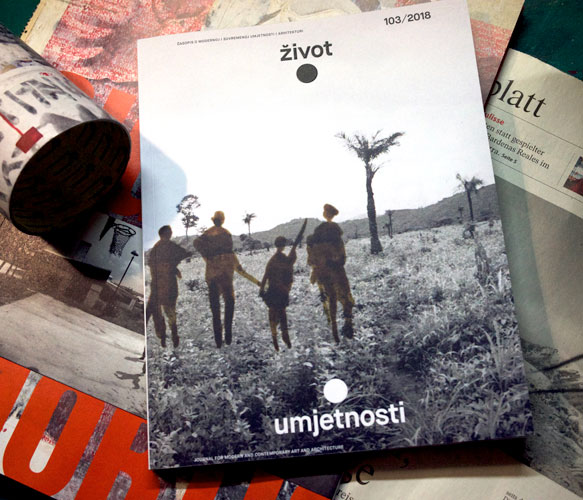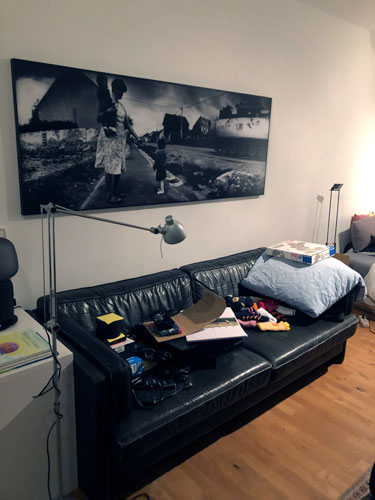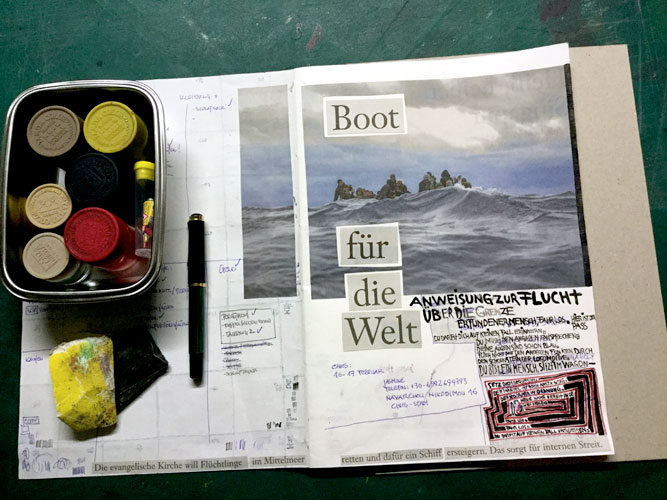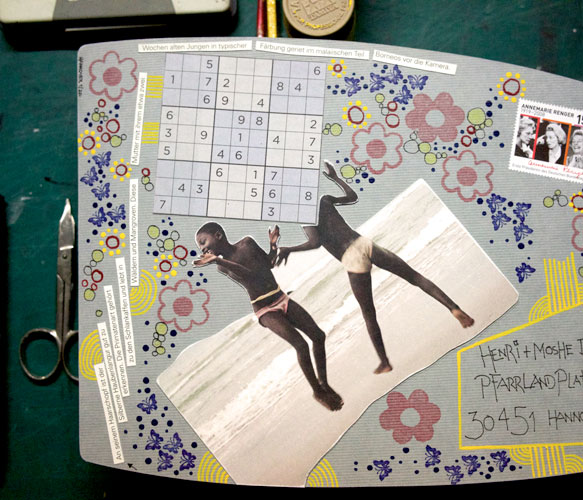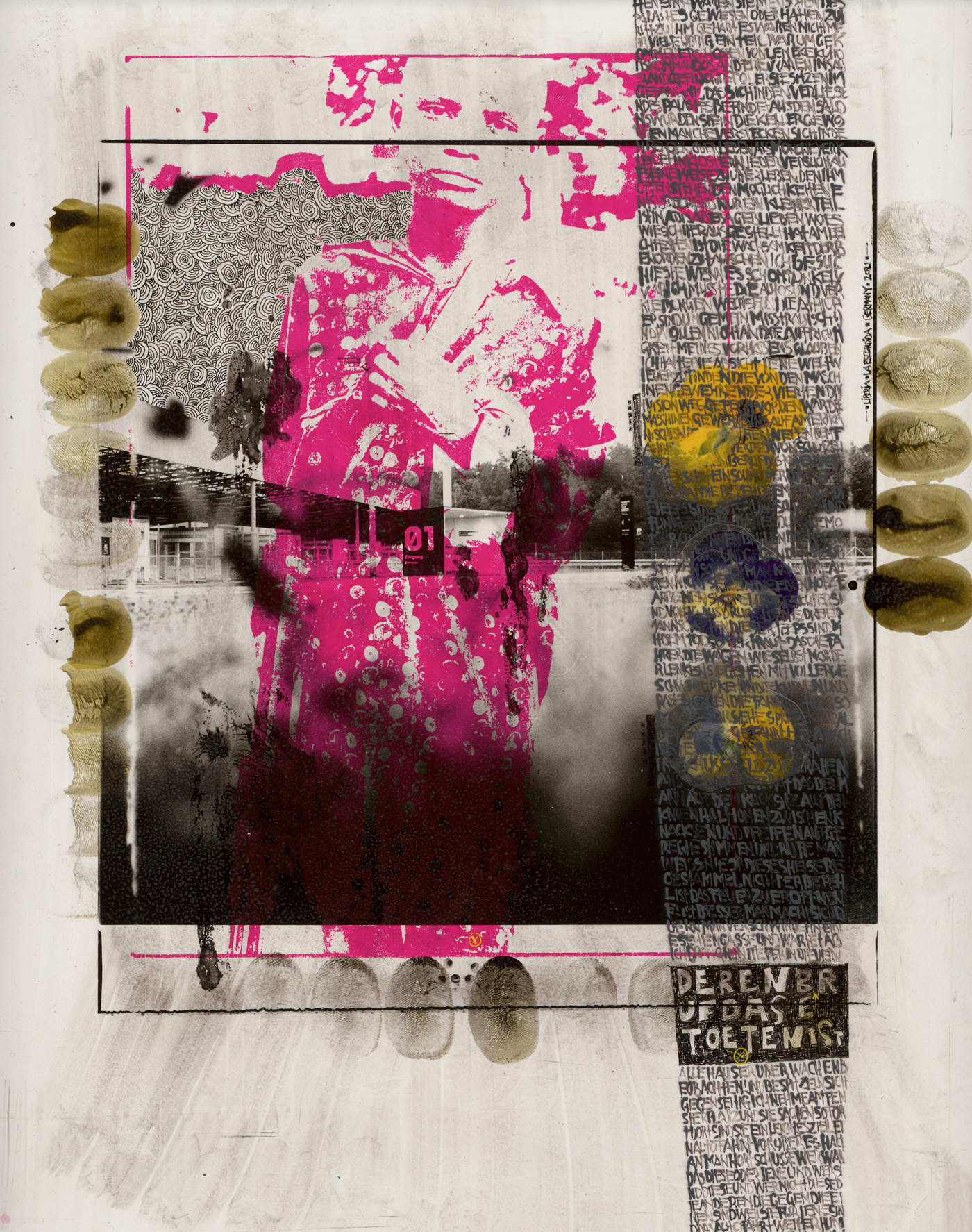
Krieg und Frieden – Leo Tolstoi
„
Dann legte ich Krieg und Frieden ein, und es begann die Geschichte einer Sucht. Wer Ulrich Noethen lauscht, weiß sofort, dass es keine bessere Art geben kann. Überflüssig zu sagen, dass man da jede Unterbrechung als Störung einer heiligen Handlung empfindet
„
Felicitas v. Lovenberg – FAZ
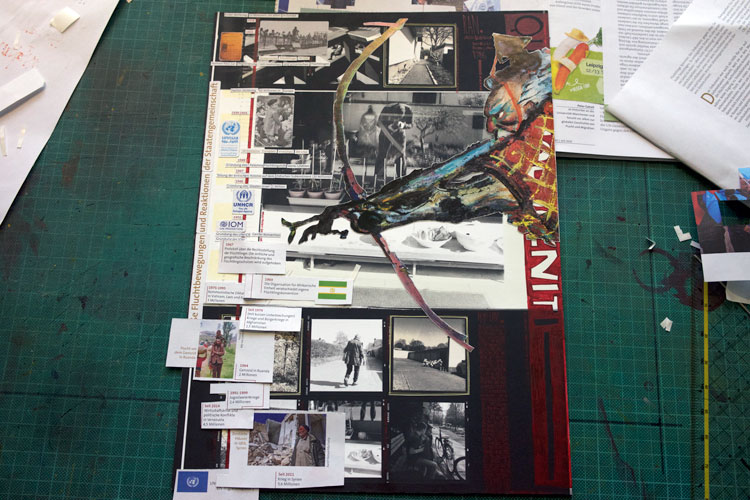
april 29th

one year ago: final day on SIGNUM MORTIS; Zagreb – april 28th

Hannover – Virginia – Hamburg

one year ago: Ključ – april 26th
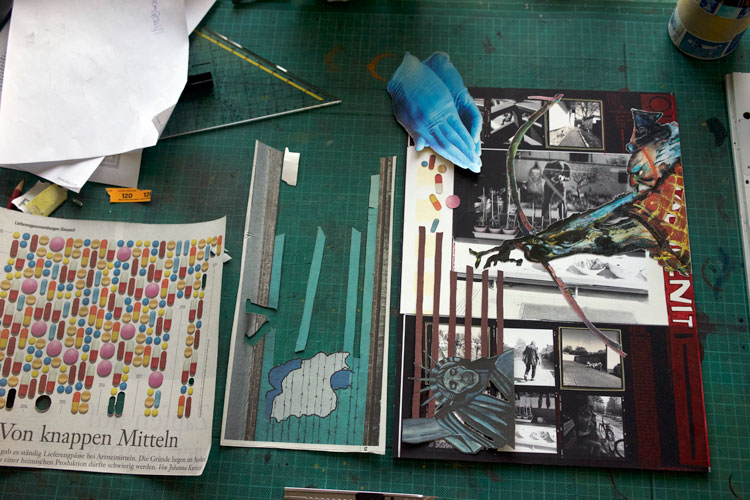

one year ago: Jasenovac – april 25th

april 24th
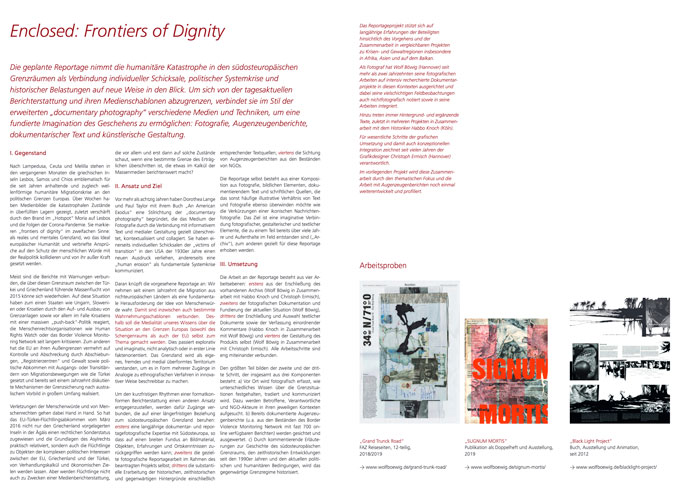
upcoming – Enclosed: Frontiers of Dignity
„
Die geplante Reportage nimmt die humanitäre Katastrophe in den südosteuropäischen Grenzräumen als Verbindung individueller Schicksale, politischer Systemkrise und historischer Belastungen auf neue Weise in den Blick. Um sich von der tagesaktuellen Berichterstattung und ihren Medienschablonen abzugrenzen, verbindet sie im Stil der erweiterten „documentary photography“ verschiedene Medien und Techniken, um eine fundierte Imagination des Geschehens zu ermöglichen: Fotografie, Augenzeugenberichte, dokumentarischer Text und künstlerische Gestaltung
…
Vor Ort wird fotografisch erfasst, wie unterschiedliches Wissen über die Grenzsituationen festgehalten, tradiert und kommuniziert wird. Dazu werden a) Betroffene, Verantwortliche und NGO-Akteure in ihren jeweiligen Kontexten aufgesucht b) Bereits dokumentierte Augenzeugenberichte (u.a. aus den Beständen des Border Violence Monitoring Network mit fast 700 online verfügbaren Berichten) werden gesichtet und ausgewertet c) Durch kommentierende Erläuterungen zur Geschichte des südosteuropäischen Grenzraums, den zeithistorischen Entwicklungen seit den 1990er Jahren und den aktuellen politischen und humanitären Bedingungen, wird das gegenwärtige Grenzregime historisiert
„
Habbo Knoch

Blau: Wie die Schönheit in die Welt kommt – Kai Kupferschmidt
“
…
Wie würde ich einem blinden Menschen die Farbe Blau erklären?
…
Blau ist besonders. es kommt in der Natur seltener vor als andere Farben, das hatte Goethe in seiner Farblehre ebenfalls vermerkt. Warum? Was weiß die Wissenschaft über die Farbe Blau? Wie hängen all diese Dinge zusammen, die wir bewundern: die Falter und die Früchte, das Meer, die Mineralien und die Menschen? Wie viel mehr Schönheit gibt es zu entdecken, wenn wir wissen, was sie verbindet? Kurz: Wie würde ich die Farbe Blau einem Sehenden erklären?
…
„
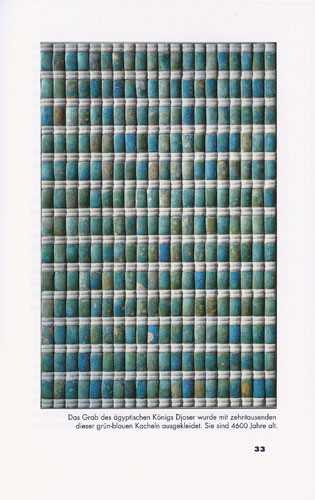
-1-
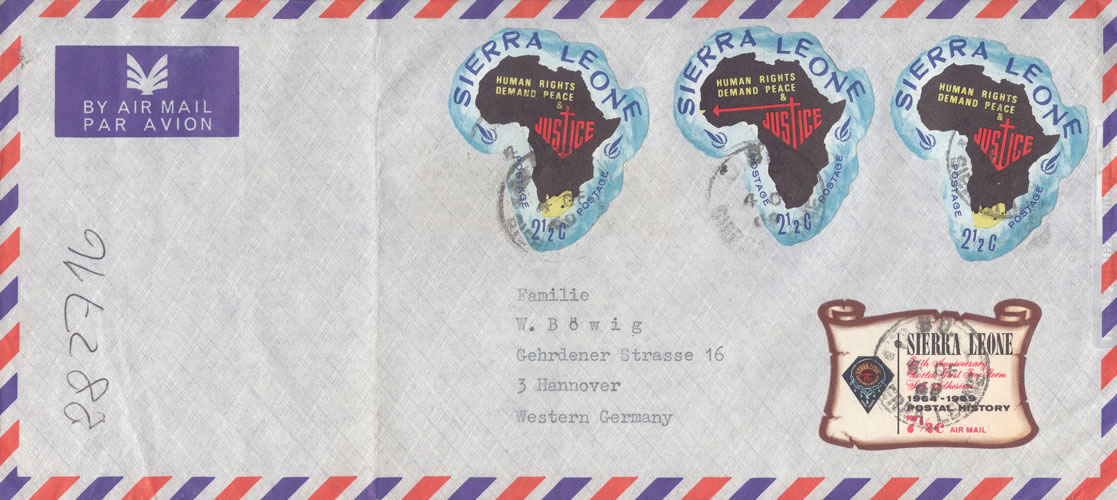
Brief Vorderseite (abgesendet 1969 Bo Waterside, Grenze Sierra Leone/Liberia)
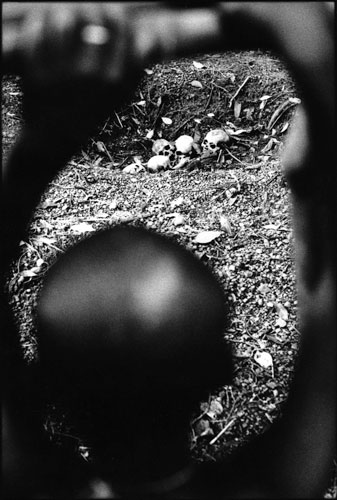
Foto:
Wolf Böwig – Bendu Malen 2005 (Grenzgebiet Sierra Leone/Liberia)
„
In the insanity of killing, the ultimate refinement of horror can be to refrain from killing. Morie was the victim of such an act of cruelty. His entire village was killed to the last man, and he, he alone, was left alive. “They showed me the dead people and made me chief of the village, threatening to kill me if I ever crossed their path again.” Morie’s mother, before the attack, had put her little prince to sleep. In mid-slaughter, gunshots woke the boy to the nightmare of living. “When the rebels found me inside the house, they grabbed my hand and took me to the village, till I identified my father.” There lay his father, in the middle of the apocalypse, still identifiable, “with his belly open and his throat cut.”
by Pedro Rosa Mendes
„

Black.Light Project 2011
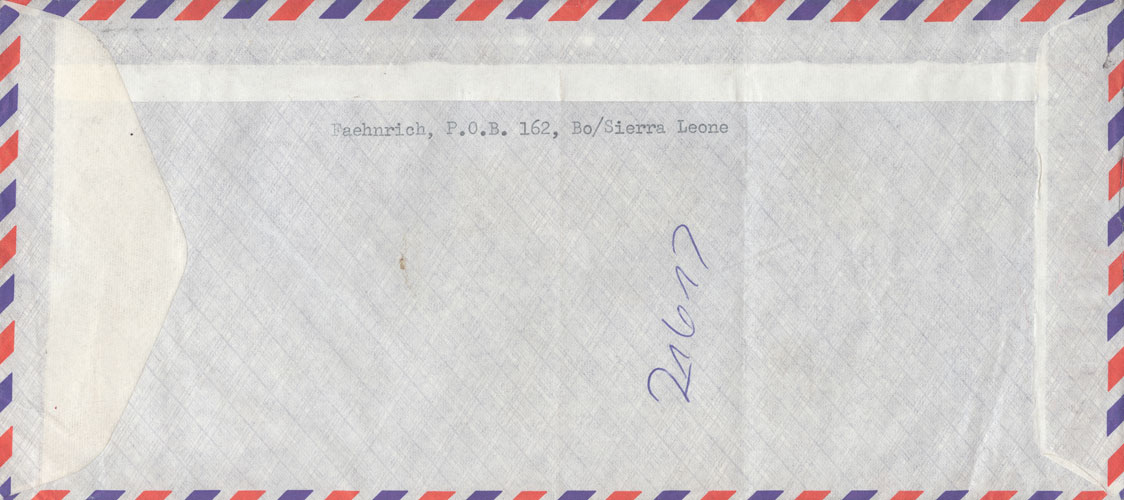
Brief Rückseite (abgesendet 1969 Bo Waterside, Grenze Sierra Leone/Liberia) vom Patenonkel (Waffenhändler) des Fotografen
-2-

Foto:
Wolf Böwig – Lipik/Jugoslawien 1992
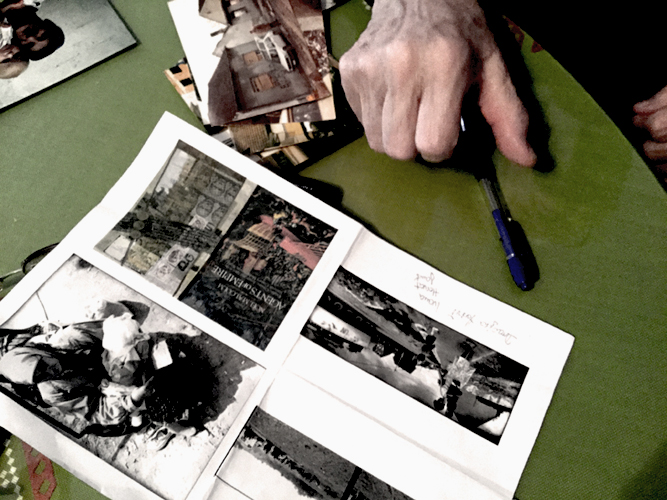

Foto:
Wolf Böwig – Lipik/Kroatien 2019 (Hand/Unterschrift von Dragija- und Ivana Horvat auf Fotokopie)

Collage und Fotografie: Wolf Böwig 1991-2019 für SIGNUM MORTIS
-3-


instagram screenshots März 2020
„
Dear wolf this is me masoud , you must remember me ,in Afghanistan 1995,I,ll be glad if call me,
„
instagram Nachricht gesendet an Fotografen von Thilo Thielke
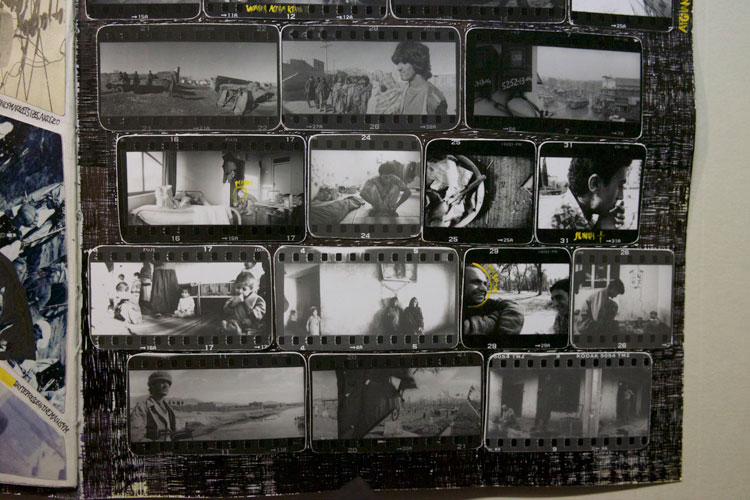

Kontaktabzüge Wolf Böwig 1995
Masoud (Übersetzer des Fotografen)
Kabul, Afghanistan und campsite Rawalpindi, Pakistan
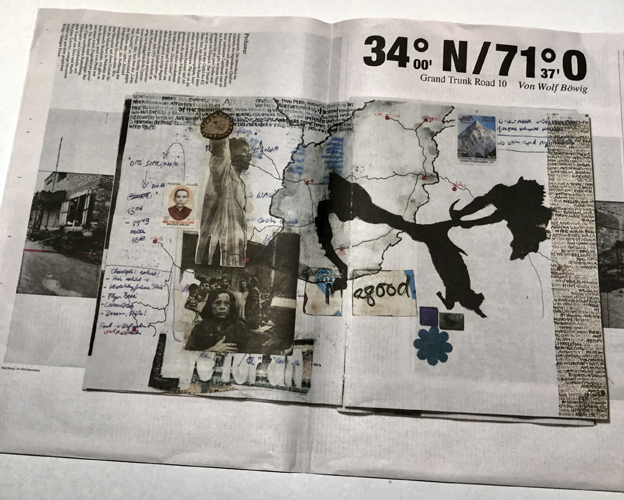
Foto und Collage (Peshawar/Mazood) Wolf Böwig 2017 – FAZ, 6.12.2018


Hannover 28.3.20 / Vukovar 28.3.19

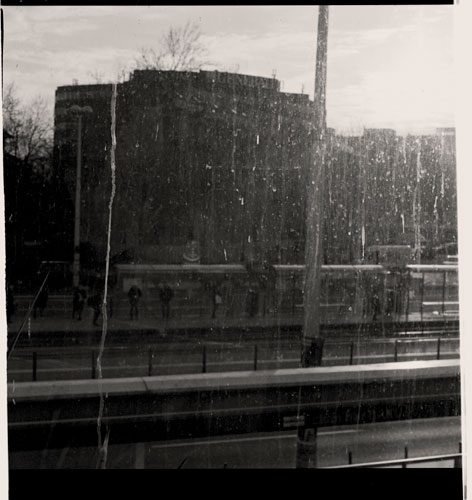
18.3.20
first floor at Autobusni Kolodvor Zagreb, 18.3.19 – impulse image for SIGNUM MORTIS

Die Schande Europas – Jean Ziegler
“
Wer könnte jetzt noch antworten auf die entsetzliche Hartnäckigkeit des Verbrechens, wenn nicht die Hartnäckigkeit des Zeugnisses?
Albert Camus
“
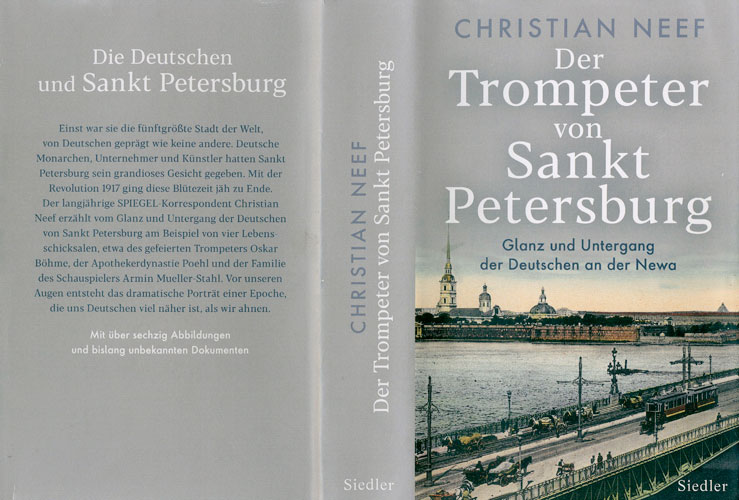
Der Trompeter von Sankt Petersburg – Christian Neef
Glanz und Untergang der Deutschen an der Neva
„
…
Im Winter 1920 wirkte Petrograd … wie erfroren, der kalte Schnee hat die verlassenen Häuser im Griff, es gibt kaum erleuchtete Fenster, eine gespenstische Stille herrscht. Der russisch-belgische Emigrantensohn Viktor Serge, der in dieser Zeit nach Russland kommt, erlebt eine Metropole der Kälte, des Hungers und des Hasses. Und die amerikanische Anarchistin Emma Goldman meint, man könne glauben, ein Hurrikan sei über Petrograd hinweggezogen. „Die Häuser ähnelten zerstörten Sarkophagen auf einem verlassenen Friedhof“
…
„
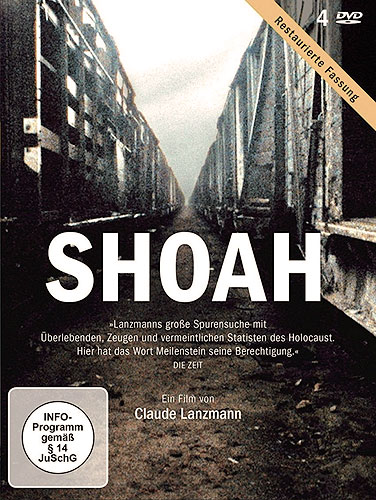
A call for participation in the worldwide screening of „Shoah“ by Claude Lanzmann: this can take place privately in a small circle, in a school, in a cinema, in a cultural institution or through a TV channel
In the 9½-hour film „Shoah“ both, surviving victims and perpetrators of the systematic extermination of Jews by the German Reich, have a chance to speak. Lanzmann worked on the film for eleven years, from 1974–1985. The Berlinale awarded the director the Honorary Golden Bear for his life’s work in 2013. His film is regarded as an »pochal masterpiece of memory studies«
January 27, International Day of Remembrance of the Victims of the Holocaust, was introduced by the United Nations in 2005 to commemorate the Holocaust and the liberation of the Auschwitz-Birkenau concentration camp on January 27, 1945. The Auschwitz-Birkenau concentration camp was the largest German extermination camp during National Socialism. About 1.1 million people were murdered there. A total of over 5.6 million people fell victim to the Holocaust
Until January 20th LCB will collect information about the screening you have organized at worldwidescreening@literaturfestival.com – so they can communicate the events on www.worldwidereading.com
Here you find a list of participants. There will be screenings in Austria, Canada, Chile, France, Germany, Great Britain, Greece, Italy, Nigeria, Spain, USA

